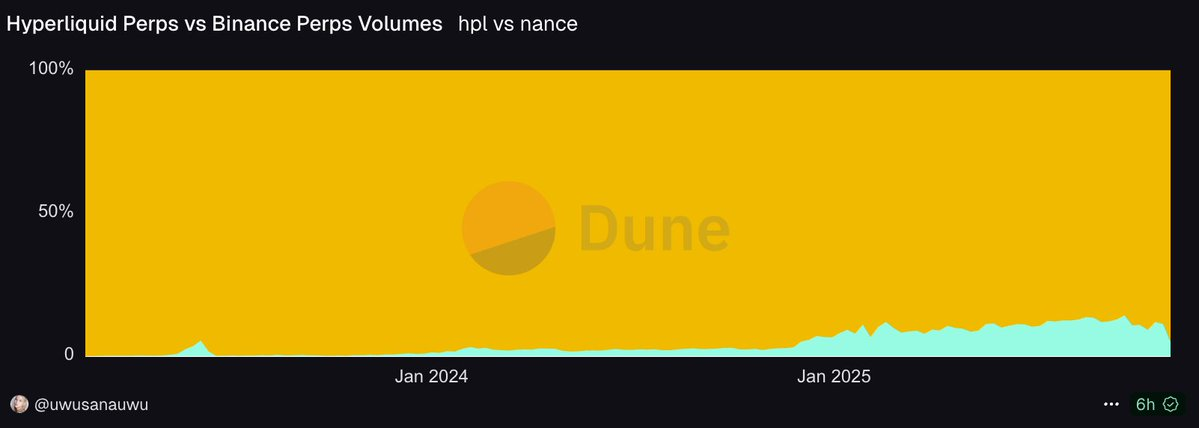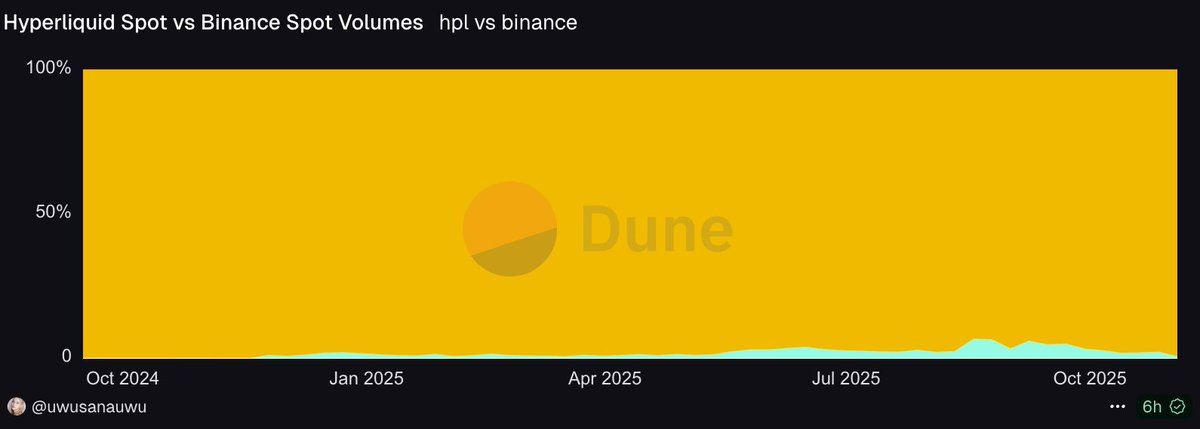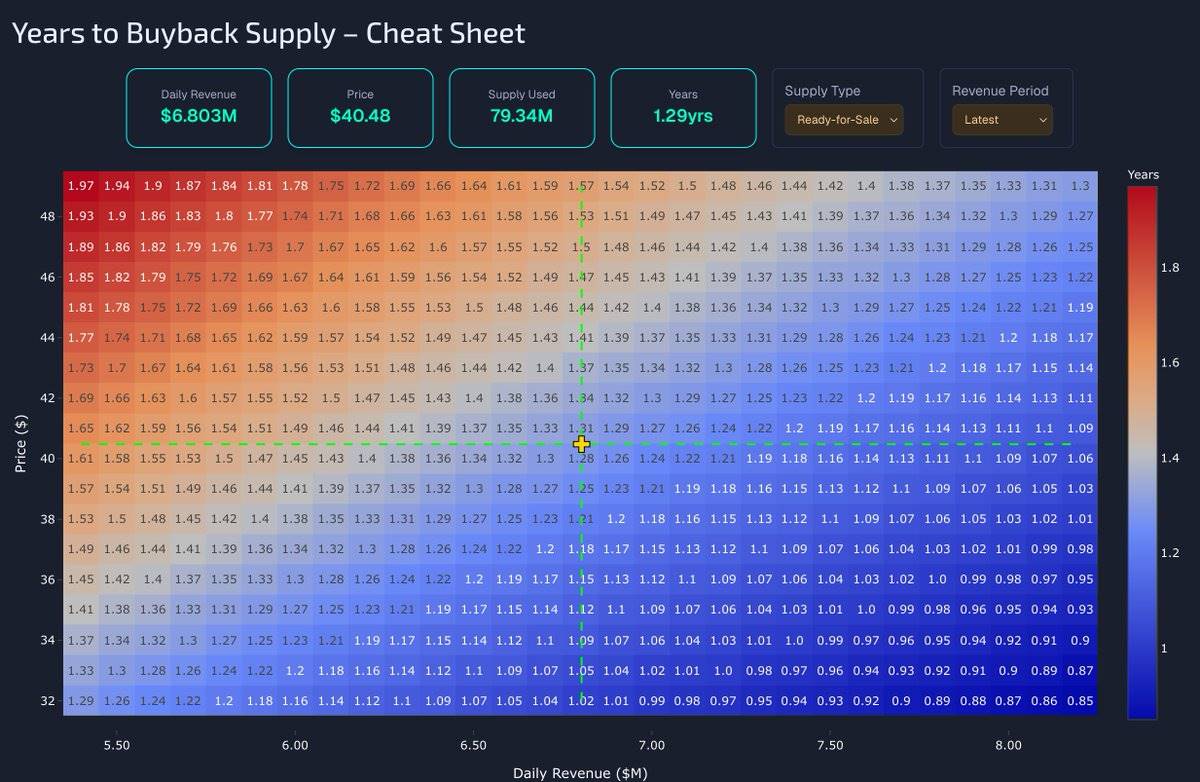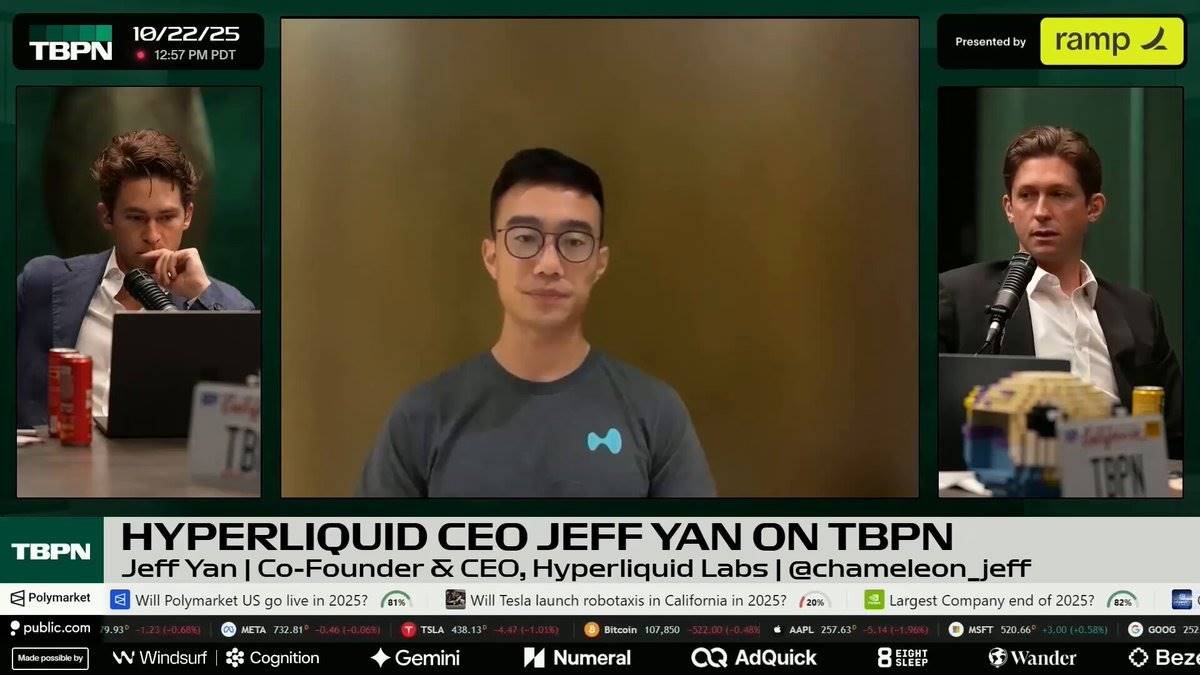Author: Omnia.hl π
Compiled by: TechFlow TechFlow
An obvious conclusion
Without a doubt, Hyperliquid has had another year of great success, and this time the victory is overwhelming. This is my first article about this ecosystem in nearly six months, perhaps my longest period of silence. This article will cover a range of observations, all supporting Hyperliquid's long-term trajectory—a continuous climb by orders of magnitude.
So far, Hyperliquid's performance can only be described as "crazy." It breaks its own all-time records almost every month, from trading volume and user numbers to revenue and other metrics. Undoubtedly, Hyperliquid has become the biggest threat to centralized trading platforms since the rise of electronic trading, and its impact on traditional forces is as profound as the way the internet disrupted information dissemination.
Today, it's no longer speculation that hundreds of teams are building on Hyperliquid. From our own team, @kinetiq_xyz, to numerous teams across DeFi and developing retail applications, the Hyperliquid ecosystem is expanding rapidly.
However, many people may not immediately grasp the magnitude of this success. Some might attribute it to its closed-source nature, lack of deep interaction with the community or team (to put it bluntly: no funding or special treatment), or simply its daily perpetual contract trading volume.
But their misjudgment and complacency are precisely where our opportunity lies.
Hyperliquid: Breaking the Mold of Underlying Logic
Before delving into the details, you must understand that Hyperliquid is a complete outlier. Its existence disrupts the existing industry landscape, much like the ultimate embodiment of the expression "a cube trying to fit into a hole," continuously challenging and subverting the rules of the game it seeks to destroy.
Every existing blockchain—yes, including Bitcoin (the most controversial exception, as a "peer-to-peer electronic cash system") and Ethereum— is not built around flagship applications designed around the chain itself . Almost all applications are developed on top of 99.99999% of blockchains, meaning these use cases or applications were developed by external forces outside the core team or the chain's core purpose and then migrated to or built directly onto the underlying network. There are several reasons behind this phenomenon, the most common being clearly unsustainable monetary incentives (such as directly biased grants, poor selection, guaranteed "magic tokens," etc.), while the technology itself (such as TPS, privacy, etc.) is often secondary, although they do have some impact.
Perhaps most people are unaware of this today (which is understandable), but Hyperliquid was originally built on the Tendermint consensus mechanism until May 2024 when it switched to a completely custom implementation of Hotstuff, with the consensus mechanism named HyperBFT.
In my opinion, @asxn_r 's research on HyperBFT is still the most advanced to date, and you can learn more about it through the following link: Hyperliquid: The Hyperoptimized Order .
An interesting (and extremely brief) snippet shows what Hyperliquid was like before the change in consensus mechanism, revealed in a short conversation between @pbr713 and @iliensinc in January 2023 (four months before I joined Discord).

To highlight Hyperliquid's development speed: after announcing HyperBFT in April 2024, the mainnet was deployed in just two weeks. There were no formalities such as so-called "decentralized performances," paid media promotions, or pre-release tours. The introduction of HyperBFT propelled Hyperliquid to become the most powerful blockchain today, capable of handling 200,000 transactions per second (TPS). Hyperliquid continues to break down the social barriers that the "old guard" has tried to build around it, such as the introduction of permissionless validators at the end of 2024, which has now increased to 24, including 5 foundation nodes.
As I mentioned before, there are several key factors that led me to discover and pursue the use of Hyperliquid:
A severely underrated podcast hosted by @chameleon_jeff.
Perpetual contract DEXs are nothing new, but one built on a custom chain is a first.
During a time when high-frequency trading (HFT) and other forms of trading were extremely attractive, Jeff's intellectual charm and affability deeply captivated @0xmagnus and me.
Hyperliquid is the most ideal "faith community" you can find.
Driven by extreme capitalism, it is immune to the influence of typical foundation-style "socialization".
They have an extreme preference for high risk and are proud of it.
A wide range of people, from single-digit to triple-digit IQs, are being forced into this ever-expanding arena.
Hyperliquid adheres to an absolute and uncompromising principle of "internal abstinence" in its operations.
The fact that no funds were raised from any venture capital (VC) firms forces potential buyers to purchase only on the open market, and all transactions are transparent and public.
It has not accepted any liquidity provider (LP) agreements or paid market maker fees to obtain liquidity, yet it has attracted a huge amount of liquidity on its own (and it is still growing).
We will not disclose information to any third party, and all announcements will be released simultaneously through official channels to ensure transparency and fairness.
To truly understand the underlying logic of Hyperliquid, you must first understand the norms of the industry's rules of the game, and how Hyperliquid breaks these rules in real time and will continue to disrupt them.
My speculation about the remaining HYPE community allocation
There is endless speculation about the future allocation of HYPE beyond the two "seasons" that have already taken place. While I agree with some of the views on the allocation of the remaining HYPE, as Hyperliquid's influence continues to grow, I am increasingly convinced of my theory: the remaining HYPE will be gradually destroyed, or destroyed all at once.
My main reasoning is that burning HYPE is the most objective way to clearly reflect the proportional and unbiased value to existing HYPE holders, without requiring specific incentives (similar to BNB's burning mechanism, but without any wrongdoing). In this way, those who wish to gain returns simply make a simple and direct choice—hold HYPE like the rest of us.

Reference: https://www.hypeburn.fun/ by @janklimo
Refutation of my theory:
If HYPE is destroyed, the team's token allocation will increase unless the team reduces its current total supply share to match the ~25% allocation of already circulating tokens, forming the final supply.
Hyperliquid may view future incentives as the most strategic path, focusing on expanding its activities within its ecosystem to achieve growth and severely impact competing products and ecosystems.
Perhaps it's a combination of both: some HYPE was destroyed, and the rest was used for growth initiatives.
Perhaps no clear decision will be made on this in the foreseeable future, but rather we will wait for the best time to implement it.
Surprisingly, whether my theory is correct or not, this question is actually irrelevant. HYPE's success was almost inevitable, regardless of the final choices made.
Data performance

Challenging giant Binance : As of the end of September 2024, Hyperliquid's trading volume accounted for approximately 14% of Binance's weekly trading volume.

Impact on the spot market : By the end of August 2024, Hyperliquid accounted for approximately 7% of spot market trading volume, demonstrating its potential to further erode Binance's dominance. For example, @hyperunit has made Hyperliquid one of the cheapest platforms for trading spot BTC.

HYPE supply and demand dynamics : Despite the recent market downturn, RFS (Ready-For-Sale) HYPE remains near historic lows, indicating tight supply.

HyperEVM and the aid fund have seen continued growth in HYPE usage, with 99% of transaction fees being used directly to buy back HYPE, driving the expansion of the ecosystem.

Scarcity and Demand Growth : The SWPE (Supplier-Price Elasticity) is at a historical low, while the 30-day EMA (Exponential Moving Average) is near its historical low and high, indicating a trend of decreasing supply and increasing demand.

Programmed buyback mechanism : The HYPE protocol automatically repurchases more HYPE from the open market based on market prices and volatility. At current income and price levels, the aid fund could repurchase all HYPE supplied by RFS in just 1.29 years.
trillion dollars
As of today, Hyperliquid's cumulative trading volume has exceeded $3.13 trillion .
However, the global financial market is worth trillions of dollars, or even more. For Hyperliquid, this seems like an almost impossible goal, but that's precisely what it's ultimately aiming for.

In an interview with TBPN, Jeff's answer to the question "How big can Hyperliquid be?" was intriguing. His comment revealed the team's unwavering belief in the Hyperliquid system; even though its current scale is still negligible, they believe that one day Hyperliquid will be able to handle all global financial flows.
"If Hyperliquid succeeds, it will be something that has never been done before in the world."
Hyperliquid has become one of the most profitable companies in the world. Currently, its team consists of only 11 members , but its annualized revenue exceeds $1.5 billion , equivalent to approximately $136 million in profit per employee. And Hyperliquid's history is only three years old.
As Hyperliquid's influence continues to grow, Wall Street has begun to take notice. In whatever way, the traditional financial sector will eventually get involved.
Hyperliquid's technological innovations are also noteworthy, including breakthroughs such as HIP-3 and CoreWriter , all achieved through continuous weekly network upgrades, with the upgrade process rarely involving more than a few minutes of downtime.
Today, Hyperliquid has become the industry's first project to simultaneously combine an efficient on-chain trading platform with a thriving DeFi ecosystem. The influx of developers and traders into this ecosystem is driving its development into a unique financial hub. From a simple mathematical perspective, this trend will only further enhance Hyperliquid's value.
We expect to see HYPE's price reach at least $2,000 by 2028. It's no longer a question of "whether it will happen," but rather "when it will happen."
"Owning HYPE means you're a winner."







